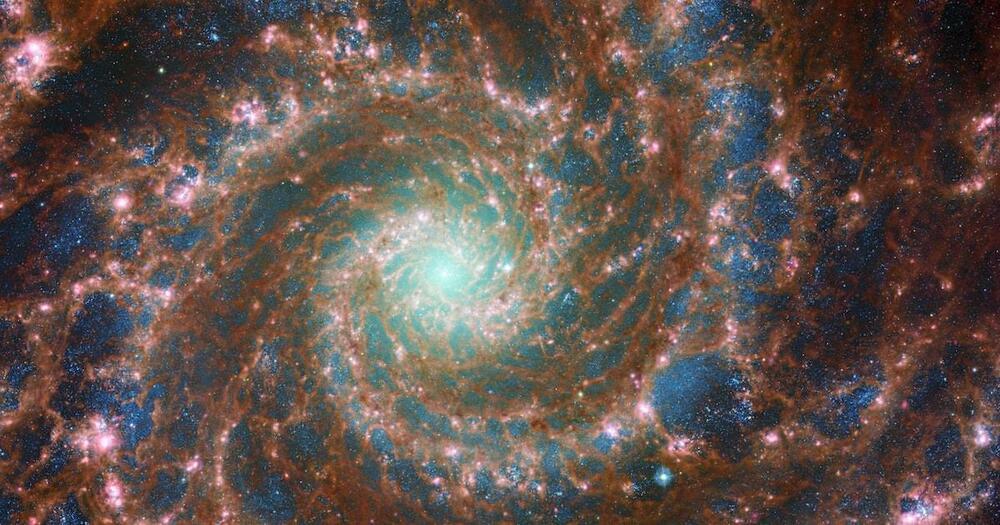Category: space – Page 464
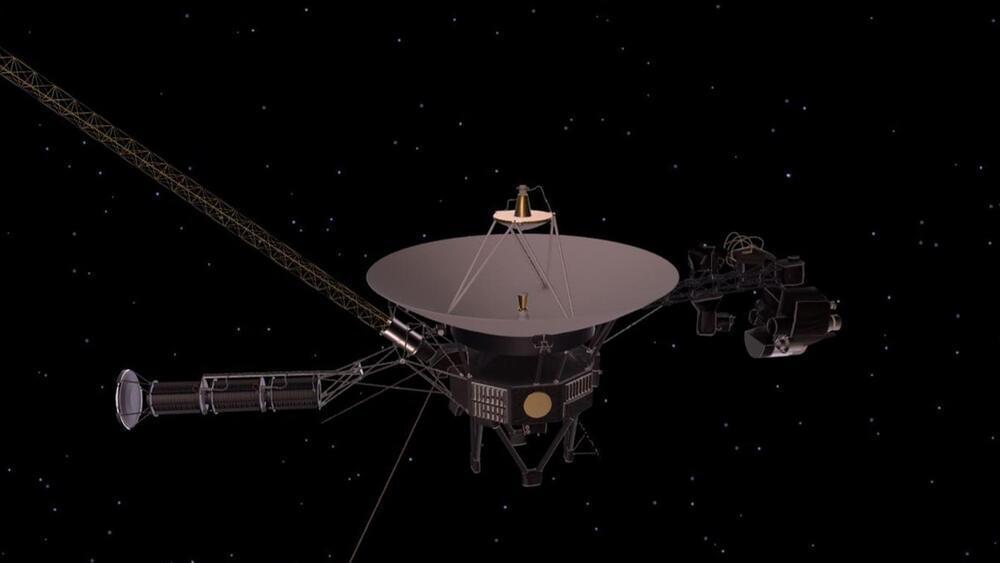
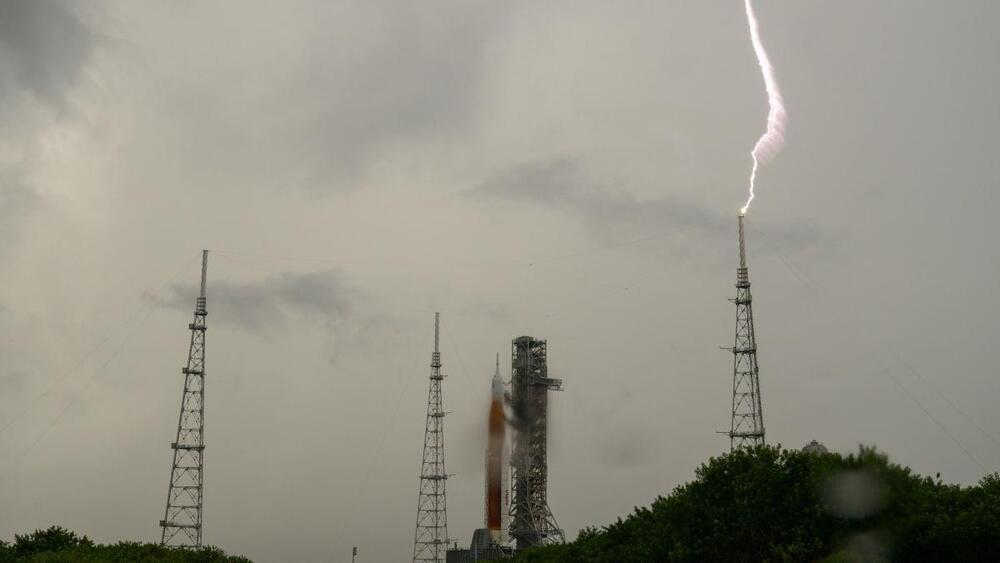
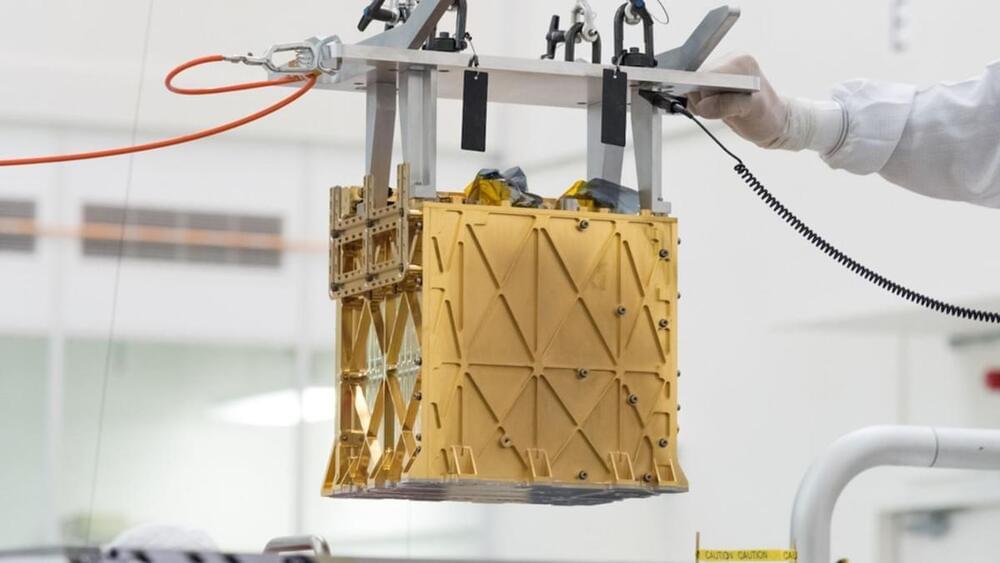
Helium’s chilling journey to cool a particle accelerator
Today it only takes one and a half hours to make a superconducting particle accelerator at the Department of Energy’s SLAC National Accelerator Laboratory colder than outer space.
“Now you click a button and the machine gets from 4.5 Kelvin down to 2 Kelvin,” said Eric Fauve, director of the Cryogenic team at SLAC.
While the process is fully automated now, getting this accelerator, called LCLS-II, to 2 Kelvin, or minus 456 degrees Fahrenheit, took six years of designing, building, installing, and starting up an intricate system.
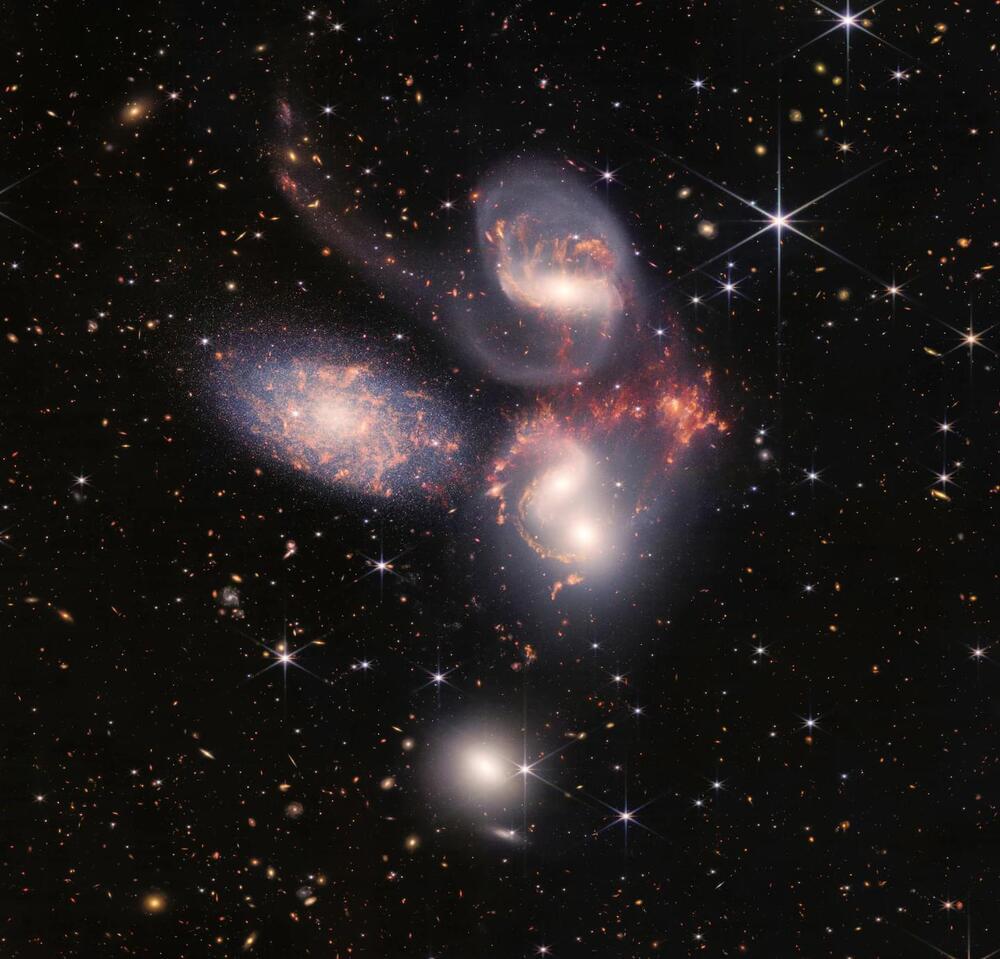
Webb telescope is already challenging what astronomers thought they knew
Astronomers’ beliefs are already being challenged by the telescope’s discoveries.
The famed James Webb Space Telescope, launched eight months ago and orbiting the sun a million miles from Earth, has started bringing up a number of questions for astronomers as its striking images flood in.
Unsurprisingly, the telescope has delivered some intriguing and exciting observations of the very distant universe. Surprisingly, these observations are not what astronomers thought they would be, as was first reported in the Washington Post.
Webb telescope sees surprisingly massive distant galaxies, raising questions about early galaxy formation.

Plans Announced for Full Greenhouse on International Space Station
A private space company called Redwire Corporation has announced plans for what it’s calling the “first-ever commercially owned greenhouse” in space.
Redwire is hoping to install the facility on the International Space Station no earlier than spring 2023. The startup was awarded a contract with the Center for the Advancement of Science in Space, which manages US lab operations on board the ISS.
The greenhouse is meant to serve as a testing bed for growing sustenance in a microgravity environment, which will be important as humans start to embark on longer trips through deep space.
7 Things You Should Know About the Future of Underwater Cities
Circa 2020
The idea of humans living underwater may not be as crazy as you think. An idea once reserved for video games or science fiction, underwater cities may be a viable solution for humanity in the distant future.
Would you pack up your bags, clear out your apartment, and move to an underwater paradise? Perhaps you might even dream of living like the fictional city of Atlantis. If i t makes sense to go out and colonize Mars, the ocean is just as livable and is far closer to home. As you probably already know, the earth is 71% water. This could be prime real estate for future generations.
New Form Of Lab-Made Gold Is Better And Golder Than Nature’s Pathetic Version
face_with_colon_three circa 2018.
Gold is amazingly weird. For one thing, it’s now thought that much of it came from aftermaths of the collisions of two super-dense neutron stars. Some of this atomic gold, sprayed across the cosmos, managed to coalesce under gravity, get trapped in a newly-formed Earth, undergo a suite of geological processes, and ultimately pop up at the surface.
Its considerably epic cosmic journey is certainly something to marvel at, as is the fact that it’s useful for so many things besides jewelry. Now, as spotted by New Scientist, we’ve made a new form of gold that’s golder than ever before, and it’s bonkers. Related StoriesCosmic Tug-Of-War Leaves Merging Galaxies Gasping For Fuel “How Do You Handle Menstruation In Space?”: An Astronaut ExplainsEinstein Is Right Again – Gravity Has Not Changed Across The Universe.
